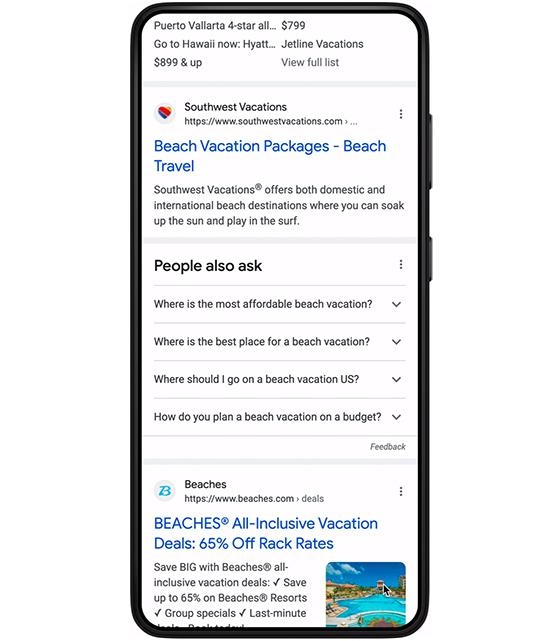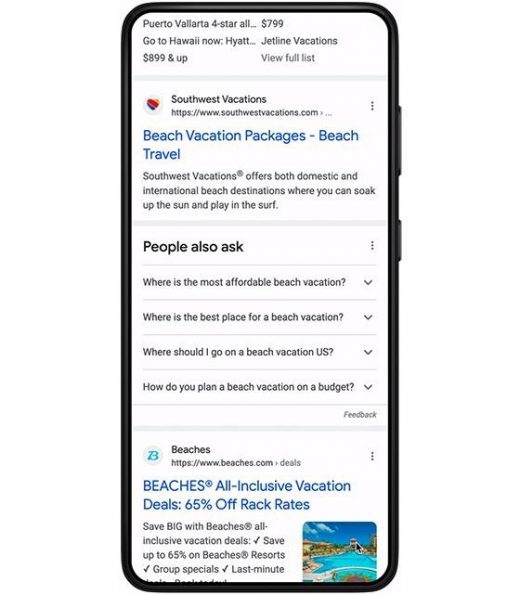Google Changes Search Ads Design On Mobile, Desktop Tests To Follow
Google Changes Search Ads Design On Mobile, Desktop Tests To Follow

Google wants people searching for information to easily identify websites and businesses, so the company on Friday said it plans to roll out site names on mobile search results and business names and logos in search ads on mobile in the coming weeks.
The company has been testing this process for more than a year to ensure that it meets certain criteria. It will first roll out in mobile, followed by similar tests on desktop.
“Changes to the appearance of Search ads and ads labeling are the result of rigorous user testing across many different dimensions and methodologies, including user understanding and response, advertiser quality and effectiveness, and overall impact of the Search experience,” a Google spokesperson told Search & Performance Marketing Daily. “We’ve been conducting these tests for more than a year to ensure that users can identify the source of their Search ads and where they are coming from, and that paid content is clearly labeled and distinguishable from search results as Google Search continues to evolve.”
The mobile Search Ads feature focuses on website business names and identifiable logos — also known as favicons — as opposed to only the URL. The content will serve up at the top of the snippet. The website’s logo or icon will display next to the site name and URL of the search result.
When Google Ads finds the business name and logo on the landing page, the technology grabs the content and automatically adds it to the campaign to serve in the ads. Marketers can then review and remove any information not wanted in the ad in the preview process.
The new feature also gives marketers the option to manually add a business name and logo to each campaign.
Any business name or logo created from the company’s landing page will automatically show in the ads if they are not removed.
One element in helping people who are searching for information make sense of what they see is to ensure the ads are clearly labeled. That’s why the label now serve up on its own line in the top-left corner of Search Ads.
When ads show in mobile search results, they will now include a “Sponsored” label in bold, black text. This new label and its prominent position is part of Google’s “high standards” for being distinguishable from search results, and builds on its existing efforts to make information about paid content clear.
When asked whether adding additional steps in automation could push up prices to advertising across the search engine, a Google spokesperson said: “ad prices on Google Search are set by an auction, not by Google. The auction depends on a variety of factors, such as bids, budgets, products and customer behavior in a given industry.”
Brands that want to increase clicks, visibility and conversions can use Google’s automated bidding strategies.
Advertisers can manage their bid strategy settings like budgets and targets to help control costs.
Google also offers tools such as Keyword Planner, which gives advertisers insights into how popular certain keywords are and estimates the associated advertising cost.
(9)


